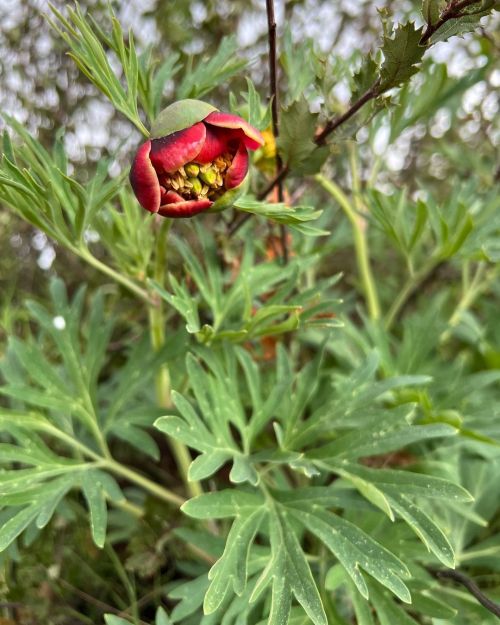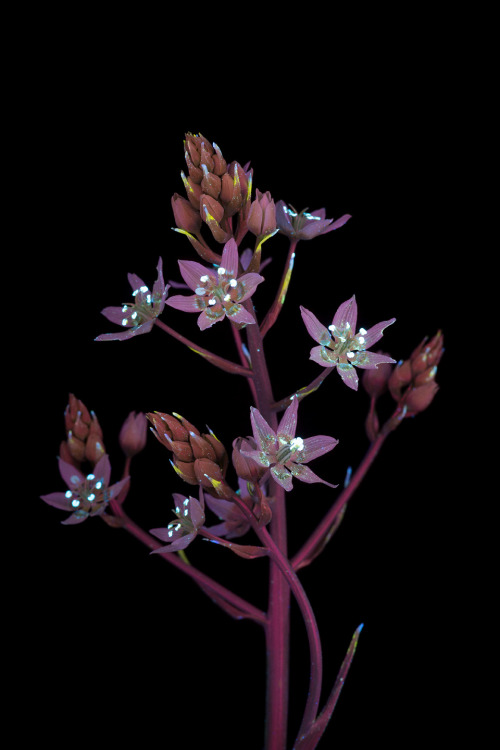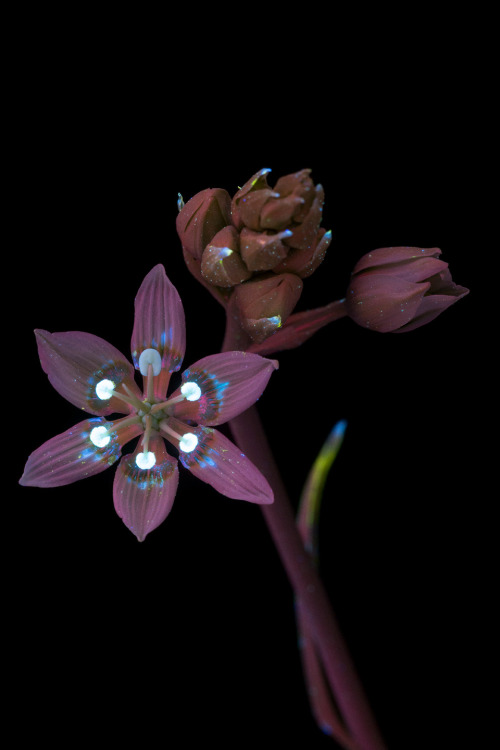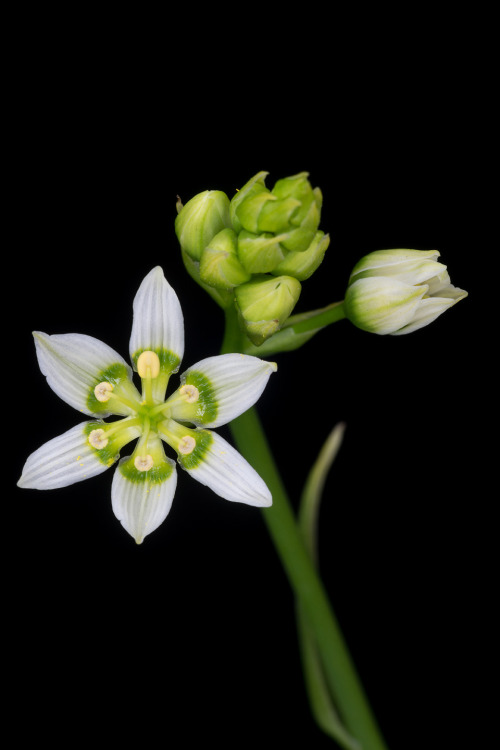#chaparral
#PaeoniaCalifornica / #CaliforniaPeony. One of the weirdest-looking plants we have out here. They look prehistoric somehow. Like they’re not quite what they’re meant to be yet. It’s not just that they don’t look like the cultivated or European ones and it’s not that they look wild, it’s like… the flower never matures beyond a bud and then the seed pod looks underformed too. They also bloom so early in the year that they always surprise me. They’re just wonderful.
.
#paeonia #peonies #wildpeony #californiawildflowers #californianativeplants #chaparralplants #chaparral #sandiegobackcountry #sandiegowildflowers #botany (at San Diego County, California)
https://www.instagram.com/p/CaYuk2jrNyF/?utm_medium=tumblr
Post link
Lupinus albifrons is a member of the pea family and grows through a broad range of northern Baja California up through southern Oregon. Known as the silver bush lupine, it inhabits many habitats with the common trait of being open spaces with fairly dry conditions. Once established, a deep taproot allows it to draw what little moisture it needs to persist even through hot, dry summers. It produces often copious, fragrant blooms in late spring through early summer and mutable leaves which can become more or less silvery depending on the growing conditions. Notably, this species is one of three which can host the federally endangered mission blue butterfly (Icaricia icarioides missionensis). The larvae which feed on the plant become toxic due to the same compounds which make the foliage resistant to herbivory in general. This is in fact a contributing factor to the butterfly’s endangered status as many of the host plants were removed because of their toxicity to livestock.
Post link
Toxicoscordion fremontii is a geophytic (grows from a subterranean storage vessel) plant from the lily order which grows in open spaces in chaparral habitats. With a common name of Fremont’s Death Camas, the lethality of this plant is made quite clear. This toxicity stems from the steroidal alkaloid zygacine, which causes several symptoms potentially including death. When poisoning through consumption of these plants occurs, there is no antidote to the alkaloid and so the symptoms are treated with the hope that the body will sort the problem out with time. While many geophytic plants native to California were used by indigenous people as food, Toxicoscordion fremontii is fairly unique in that it was almost exclusively used for poisoning or poutices. Despite the rather horrifying characteristics of its poisoning, it is a stunning and beautiful plant, blooming in spring particularly following a year the area experienced wildfire. The green ring on the tepals indicates the flower’s nectary and the glossy exudate can be seen in both the visible and fluorescent images.
Post link






